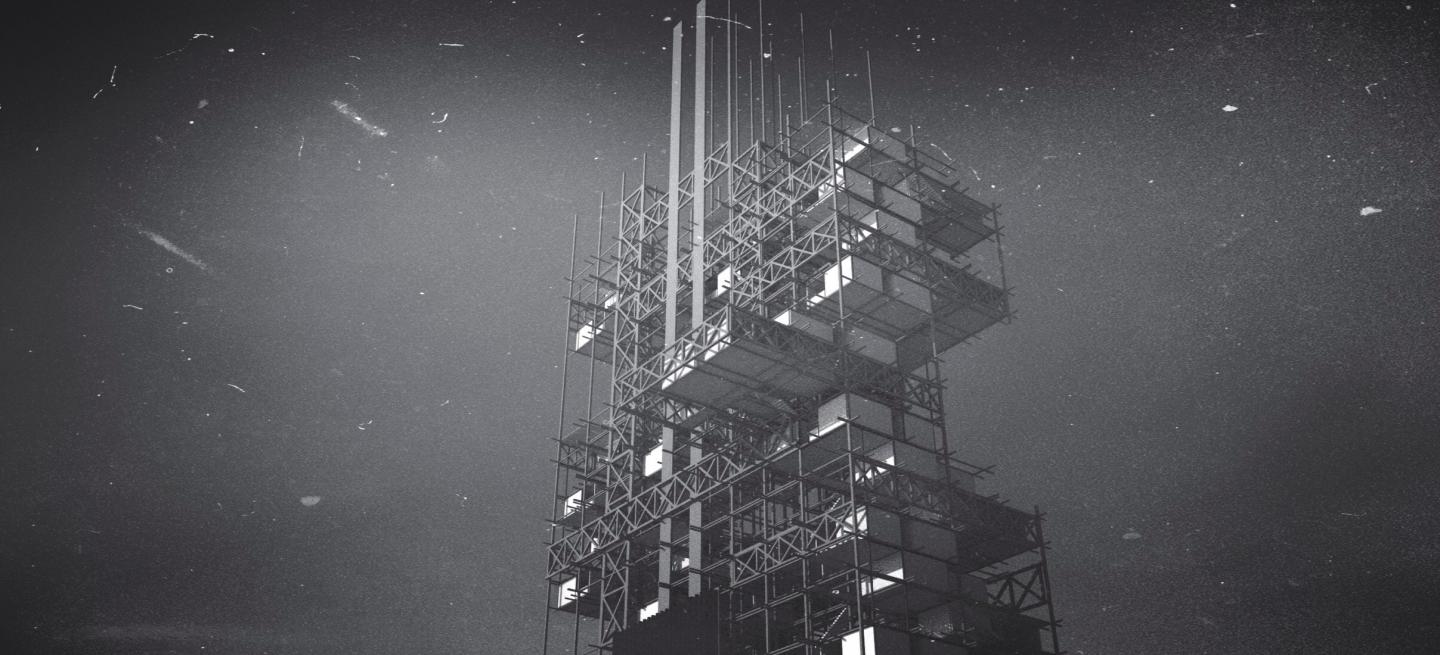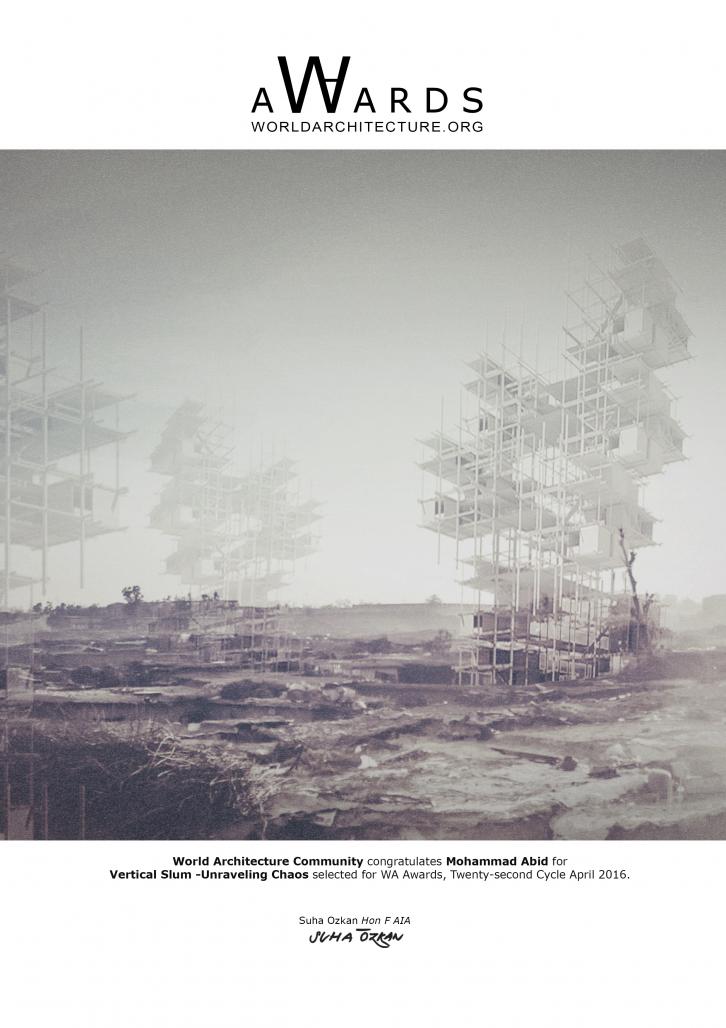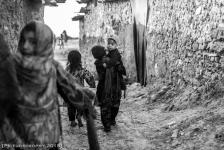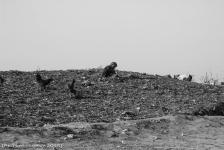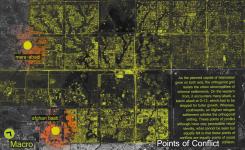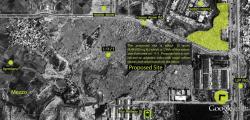Pakistan is host to the largest population of foreign refugees on her land and for the longest period. Three and a half decades later, Afghan refugees still cast about for their legal standings and rights as either citizens or refugees on a land which may not be so foreign for most of the young Afghans today in Pakistan. They have surely overstayed their welcome, but returning is not an option to still a war-struck homeland. But opportunities are shrinking for these 2 million (registered) conflict-displaced people, and so is the land, today. From refugee camps to shanty towns and squatter settlements, situation has got only worse. The municipal authority of the capital is determined to uproot these settlements around the metropolis to pave way for the extension of the city grid.
Pakistan is host to the largest population of foreign refugees on her land and for the longest period. Three and a half decades later, Afghan refugees still cast about for their legal standings and rights as either citizens or refugees on a land which may not be so foreign for most of the young Afghans today in Pakistan. They have surely overstayed their welcome, but returning is not an option to still a war-struck homeland. But opportunities are shrinking for these 2 million (registered) conflict-displaced people, and so is the land, today. From refugee camps to shanty towns and squatter settlements, situation has got only worse. The municipal authority of the capital is determined to uproot these settlements around the metropolis to pave way for the extension of the city grid.
As an architecture design student, I took up this problem as my undergrad thesis in 2015 to voice an alternative idea and highlight the city-migrant relationship. The project is an intensive and thorough examination of the historicity, cultural, social and geographical layers of the subject - a people in constant dissension with stability and security. As somewhat a satirical solution, I proposed a vertical slum, a slum-scraper, to be built in the capital to house the unwanted. It is suggested to consider these as an Urban Resource to this city, an important fuel to this growing machine as they employ for the hardest labor and garbage collectors in the metropolis. Hosting the cheap labor in a vertical-scape would also free up the land for more programmes and the contagion can be contained.While for the squatters, the vertical habitat would be the permanence they crave for. In this, rather, hyper-reality, the design lets the user occupy the space to his needs and wants and acts only as a normative spine to their more subjective inductions.
2015
2015
Mohammad Abid, Munib Rehman, Shakeel Ahmed
Vertical Slum -Unraveling Chaos by Mohammad Abid in Pakistan won the WA Award Cycle 22. Please find below the WA Award poster for this project.

Downloaded 205 times.
